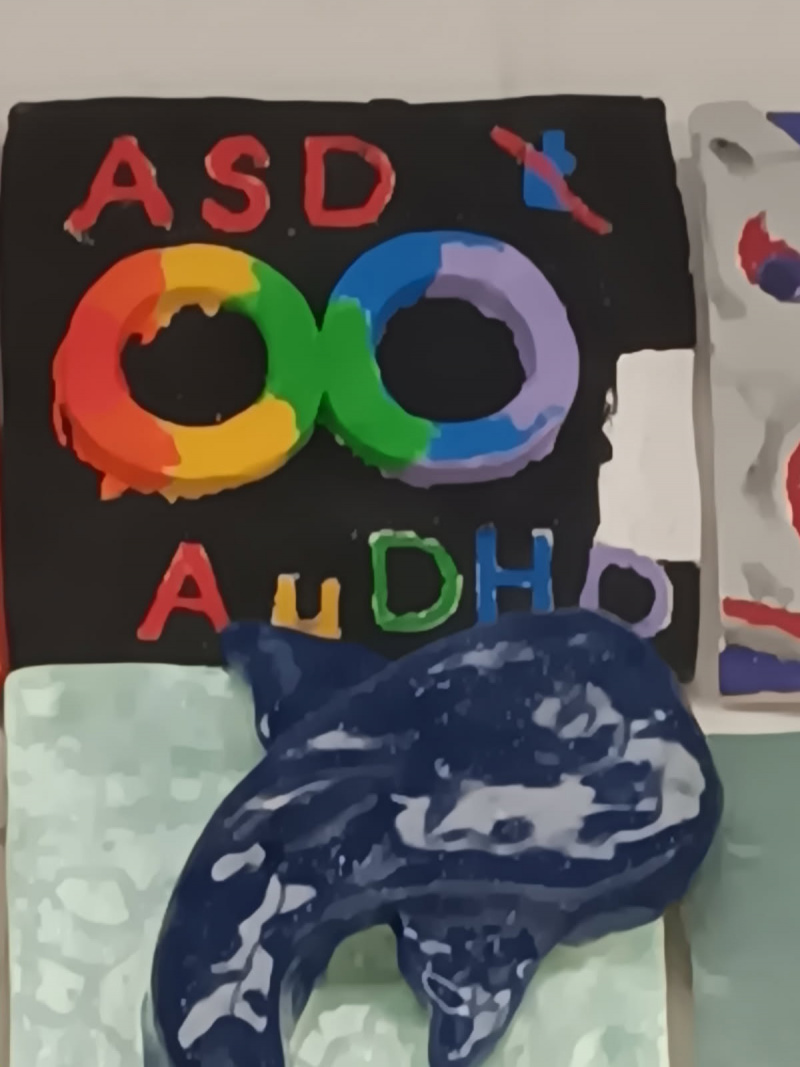The article we have covered in a previous week, “An emerging role for Wnt and GSK3 signaling pathways in schizophrenia” by Jacques L. Michaud was an article about the basics on schizophrenia disorder and how it may be connected to Wnt (pronounced “went”) and GSK3 pathways. Basically, it works as following; we commonly think of schizophrenia as a disorder in perception and many other domains throughout common society. However, the article points out a fascinating new and notable consistent pattern where Wnt and GSK are decreased and increased in the body respectively within a case of schizophrenia.^1 The topic today is why people should care about this topic and what the people must know, so without further ado let’s get reading!
The article informs us that some of the distinguishable characteristics of schizophrenia disorder are connected to Wnt and GSK. Though, the article specifically focuses mainly on how poking at these two pathways are done to treat schizophrenia. As a result of this connection, we can now classify an immeasurably correlation here.
Figure two from the article mentioned above is especially excellent at explaining this where it was needed (excellently timed, or in other words placed well). That piece is simultaneously even a diagram which shows even a seemingly full diagram of the Wnt pathway used in pharmaceutical intervention. Although, one slight problem could be that it could feel a tad bit overwhelming if you’re not too familiar with the applied terms of figure two in the Neuroscience field. This was an excellent piece to me for it is maximized simplicity because, for clear reasons, that kind of thing strongly helps. The figure may also benefit people uninvolved in Neuroscience as well because figure two works similarly like speech bubbles in comic books with all the brief, yet descriptive, labeling, and I find that effective myself in general because it’s easy on the eyes to track or logicate.
Now, at this point, one, such as yourself, may wonder why people really should care about all the above information. Well, let’s answer with essential basics to answer ourselves by quickly asking ourselves something simpler first; what really is schizophrenia disorder? Well, schizophrenia is not the nicest experience one can have. According to Mayo Clinic, schizophrenia is known to be a, “serious mental health condition that affects how people think, feel and behave”^2 that in some cases can turn into medical emergencies (suicide attempts, concernable behavior, or inaccessiblities to core needs. Considering that we know that our core senses to be most essential, it’s no shock to pretty much anyone that such a scenario can turn serious fast. Let us put this into perspective with some real world folks.
Lionel Aldridge, for example, experienced symptoms along the lines of paranoia, irritation, social struggles. In life, he was a sport athlete with a winner of 3 world sports championships and many NFL games throughout his career as defense. He experienced a myriad of challenges partly due to schizophrenia such as his journey to recovery from the disease (which was a success), homelessness where he lost a superbowl ring during, etc.
Sources:
1: An emerging role for Wnt and GSK3 signaling pathways in schizophrenia” by Jacques L. Michaud
2: https://www.mayoclinic.org/diseases-conditions/schizophrenia/symptoms-causes/syc-20354443
Featured image: Art abstract, ceramic tile representing Autism Pride
